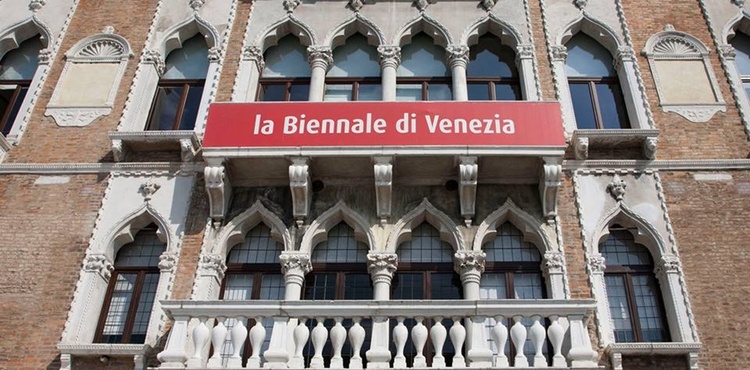
The Venice Biennale is directed for the first time by a Latin American
The Venice International Art Exhibition (popularly known as the Venice Biennale) has been organized every two years since 1895 and is considered by many to be the most relevant and prestigious art exhibition in the world. Around 90 countries participate with the objective of “the dissemination and promotion of contemporary art through exhibitions and research of all artistic disciplines: visual arts, architecture, cinema, dance, music and theater.” For this it has various festivals.
History of the Biennale
Its first edition arose as a celebration of the silver wedding (25 years) of King Umberto I and Margaret of Savoy. After its premiere, the Italian Government decreed to “adopt an invitation system”: reserving a section of the exhibition for foreign artists and, in addition, admitting works by non-invited Italian artists selected by a jury.
Marta Minujín exhibited The Multiplication of Hercules at the 1986 Venice Biennale. Source: Amalia Lacroze de Fortabat Collection.
In the 20th century, the biennial was consolidated thanks to the emergence of new artistic trends. Among its pavilions were works from the now classics Gustav Klimt and Pablo Picasso, to the Argentine artists Marta Minujín and Julio LeParc (the latter with a digital work of looped videos). Currently, its participants can be awarded by this jury with the following recognitions:
Golden Lion for the best National Pavilion
Golden Lion for best artist
Silver Lion for Young Artist
Special mention for the National Pavilion
Special mention for artist
Golden Lion on the run
2024 Edition
This year's Venice Biennale will be held from April 20 to November 24 and its main curator is Adriano Pedrosa. Pedrosa is artistic director of the São Paulo Museum of Art and the first Latin American to organize the main exhibition of the event. He is known for his innovative exhibition initiatives. Cuentosque dedicates the museum's annual programming to little-known stories, such as those of Afro-Atlantic, indigenous, women and queer people.
Under his direction, the main exhibition in Venice will be titled Foreigners Everywhere, a name that was inspired by a series of works with neon letters in several languages (some now extinct), by the French artist collective Claire Fontaine.
As the director explained, deciding on this title responds to “a world plagued by multiple crises related to the movement and existence of people across countries, nations, territories and borders, which in turn reflect the dangers and traps of language, translation, nationality, expressing differences and disparities conditioned by race, identity, nationality, gender, sexuality, freedom and wealth. Without going any further, he pointed out, the same city where the biennial is held receives more than 165,000 tourists daily, compared to a local population of about 50,000 inhabitants.
“In this scenario, the expression Foreigners everywhere has several meanings. First of all, wherever you go and wherever you are, you will always find foreigners. They (we) are everywhere. Secondly, that no matter where you are, you are always, truly and deeply, a foreigner... However, you can also think of the expression as a motto, a slogan, a call to action, a cry of excitement, joy or fear . : foreigners everywhere,” he concluded.
Participants
Pedrosa's edition will be divided into two parts, “Nucleo Contemporaneo” and “Nucleo Storico”, for contemporary and historical works, respectively. The leader explained that the common thread of the “Contemporary Nucleus” is a broad definition of “foreigner” that also includes “the queer artist, who moves between different sexualities and genres, often persecuted or proscribed; the outsider artist who is situated on the margins of the art world, such as the self-taught artist, the folk artist and the popular artist, as we call them in Brazil and Latin America, as well as the indigenous artist, often treated as a foreigner in his own land ".
On January 31, the complete list of artists who will participate was announced. Among them, the 16 Argentines (many naturalized who reside here) are:
Claudia Alarcón & Silät, La Puntana Community, Salta
Libero Badii, Buenos Aires
Elda Cerrato, Buenos Aires
Víctor Juan Cúnsolo, Lanús.
Juan Del Prete, Buenos Aires
Juana Elena Diz, Buenos Aires.
Raquel Forner, Buenos Aires.
María Martorell, Salta,
Emilio Pettoruti, La Plata
La Chola Poblete, Mendoza
Lidy Prati, Resistance
Kazuya Sakai, Buenos Aires,
Mariana Tellería, Rosario.
Clorindo Testa, Buenos Aires.
Kim YunShin, Buenos Aires
Bibi Zogbé, Mar del Plata
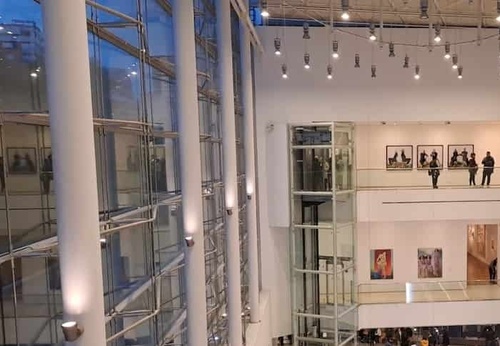
- July 14, 2025
An exhibition that says nothing
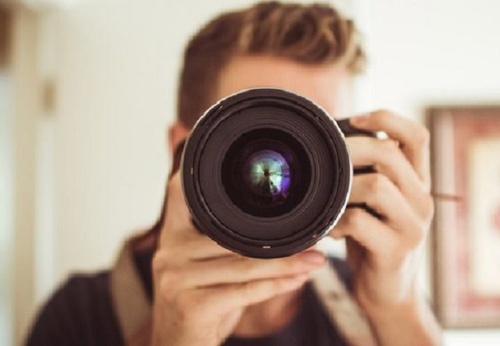
- July 14, 2025
Visual Techniques in Advertising Photography

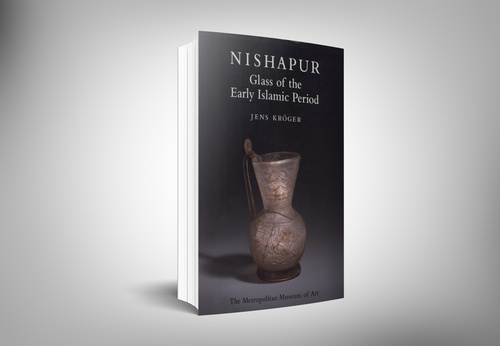
- July 14, 2025
Nishapur: Glass of the Early Islamic Period
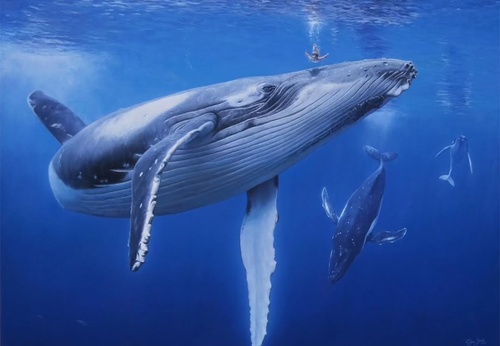
- July 14, 2025
Gallery Of Painting By René Luis Pons López - Cuba
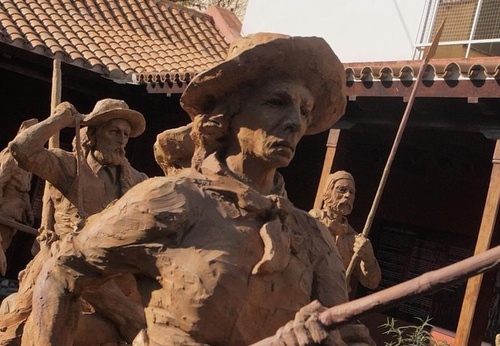
- July 14, 2025
Gallery Of Sculpture By Carlos Benavidez - Argentina
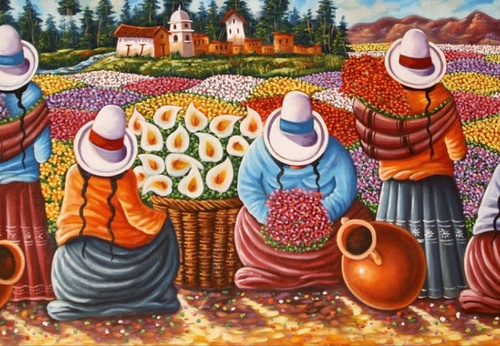
- July 13, 2025
Latin American painting
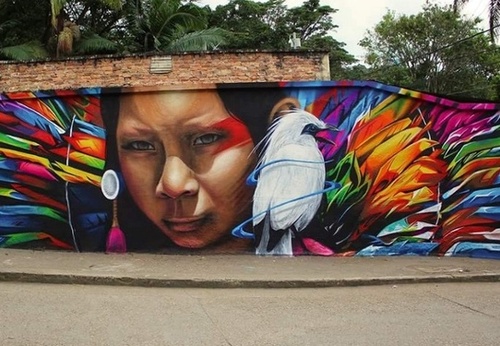
- July 13, 2025
Culture, art and music in Colombia
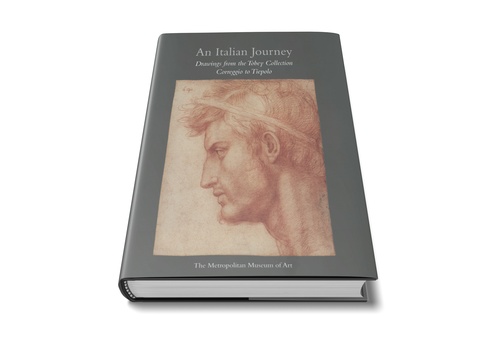

- July 14, 2025
An exhibition that says nothing

- July 12, 2025
Art as a tool for “a healthy and creati…

- July 12, 2025
The art of Páez Vilaró arrives in Villa…

- July 12, 2025
Circuits of the Future in Carlos Ortúza…

- July 11, 2025
Works by Six Latin American Artists

- July 10, 2025
The Voice of Latino Art in the Heart of…

- July 09, 2025
Douglas proposed in front of the painti…

- July 08, 2025
Unprecedented Botero Exhibition in Guan…

- July 07, 2025
Last chance to view LATINOAMERICANO exh…

- July 07, 2025
The contemporary art exhibition was ina…

- July 02, 2025
Hugo Correa Exhibits at Museo Ralli San…

- July 02, 2025
The Exhibition That Reimagines the Past…

- July 02, 2025
The Major Exhibition "Before America" …

- June 29, 2025
Peruvian painter Gerardo Chávez dies at…

- June 29, 2025
ARCOmadrid 2026 Opens Call for Entries …

- June 29, 2025
José María Velasco: The Landscape Artis…

- June 26, 2025
It houses 40 legacies of Latin American…

- June 18, 2025
Winners of the “Holosaide” event announ…

- June 18, 2025
The Major Exhibition of the Malba Colle…

- June 16, 2025
Pedro Roth Exhibition at the National A…

- October 08, 2023
Illustrations reflect the brutal Israel…

- December 25, 2023
The jury statement of the Iran-Brazil F…

- July 29, 2023
History of Caricature in Brazil

- April 20, 2024
Poignant Image of Grief Wins Mohammed S…

- May 22, 2025
Brady Izquierdo’s Personal Exhibition O…

- March 21, 2024
The history of art in Palestine

- September 01, 2023
Neural Filters in new photoshop 2023

- October 21, 2023
Erick Meyenberg and Tania Ragasol at th…

- March 14, 2024
museum of statue of van gogh

- May 25, 2025
Bordalo II to hold exhibition in Paris …

- August 09, 2023
Venezuela mural expresses solidarity wi…

- March 30, 2024
illustration websites in Latin America

- March 15, 2024
museum of sculpture of Salvador Dali

- May 20, 2024
Latin American Festival of Performing A…

- July 30, 2024
The artist from San Luis Mirta Celi rep…

- March 18, 2025
Works by Cuban Artist Eduardo Abela in …

- January 04, 2025
Material Art Fair 2025

- July 03, 2024
Newly discovered rock art in Venezuela

- October 30, 2023
Palestinian turns images of the Gaza co…

- November 07, 2024
The exhibition “The message behind Bote…

- February 18, 2024
7 Ways to Understand What Visual Arts A…

- May 15, 2024
Eleven murals for Gaza painted across t…

- January 02, 2025
13 commemorations that will mark the cu…

- October 08, 2023
Illustrations reflect the brutal Israel…

- October 17, 2023
The influence of Latin American artists…

- November 17, 2023
Fernando Botero's work is booming after…

- December 25, 2023
The jury statement of the Iran-Brazil F…

- July 29, 2023
Piracicaba International Humor Exhibiti…

- February 03, 2024
THE HISTORY OF NAIF ART

- November 06, 2023
Heba Zagout: Palestinian artist murdere…

- February 01, 2025
A maior exposição de Botero em Barcelona

- July 02, 2024
One of the largest urban art galleries …

- December 10, 2023
Sliman Mansour and Palestinian art on t…

- July 20, 2024
First International Mail Art Biennial 2…

- September 01, 2023
Neural Filters in new photoshop 2023

- March 14, 2024
museum of statue of van gogh

- October 30, 2023
Palestinian turns images of the Gaza co…

- October 23, 2023
Controversy over the project that will …

- February 06, 2024
Bolivian artists will be at the 2024 Ve…

- February 08, 2024


